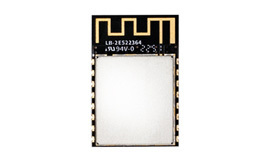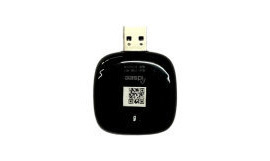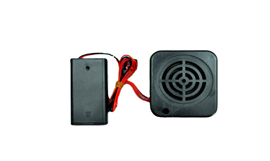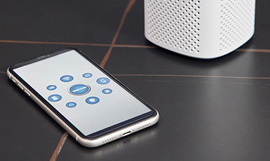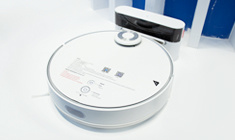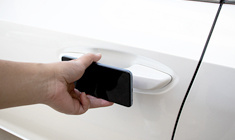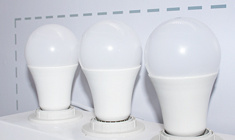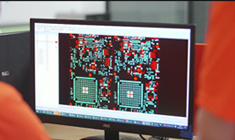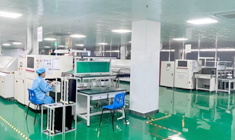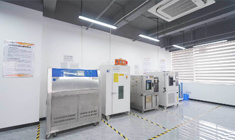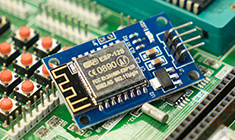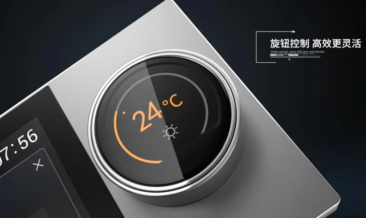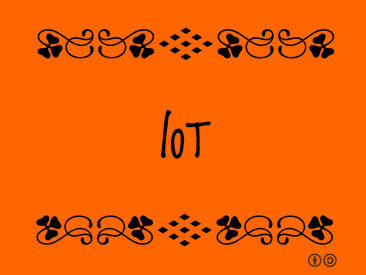
What do iot devices need to become more powerful?
Release Time:
2021-07-19
An important technology trend in the last few years has been the mass adoption of Internet of Things devices. While sometimes referred to as smart devices, most of the iot devices I've seen aren't that smart, and many only contain sensors that transmit their data to the cloud. Of course, the
An important technology trend in the last few years has been the mass adoption of Internet of Things devices. While sometimes referred to as smart devices, most of the iot devices I've seen aren't that smart, and many only contain sensors that transmit their data to the cloud. Of course, there are more sophisticated devices (especially in the consumer space), but on the commercial/industrial side, the Internet of Things in many cases has yet to reach its true potential.
While I believe iot devices should be equipped with great processing power and memory, this can backfire. One of the things that makes iot initiatives so successful is that iot devices tend to be inexpensive and generally require little maintenance. Adding additional hardware to an iot device will inevitably increase the cost and complexity of the device.
Internet of Things devices: Think slim
There is a way to make iot devices more powerful without additional hardware support. The trick is to treat the device as a thin client and perform back-end processing.
Obviously, this approach doesn't work for all devices. For example, there is a sensor on the door of my home that communicates the open/closed state of the door and ensures that M does not enter the study when I am out. Something as simple as a door sensor might not benefit from a more complex architecture, but there are many other types of devices that might benefit.
This thin client-like approach is not unprecedented. The Alexa smart speaker has always been a thin client, seemingly forever. When someone speaks to the Alexa smart speaker, the command is not processed inside the device. Instead, the user's voice input is transmitted to a cloud server for processing and a processing result is returned. This approach can be applied to commercial or industrial iot devices without adding significant cost or complexity to the device. Some devices already do this, but I don't think the technology is being fully utilized.
I've been thinking a lot about the thin client approach to iot and always wonder about the limitations of this technology. After all, factors such as the number of devices, network latency, and available processing power can affect the effectiveness of this architecture. Recently, however, I've seen a very novel use of this technique.
A strange demonstration
Before I start, let me tell you about one of the strangest tech demos I've ever seen. This is a radio-controlled cockroach, and I'm not talking about a robot cockroach, I'm talking about a real bug.
This was in the 1990s, and I can't remember exactly where I saw this demo. Someone fitted a remote receiver to the cockroach's brain that, if the operator moved a joystick to the left, sent a small electrical signal to the cockroach's brain telling it to move left. The demonstration felt both interesting and disturbing, and the fact that something like this could be used for work was interesting, but at the same time, I found the demonstration disturbing, because it seemed like a cruel thing to do to living things.
The host explained that cockroaches can get into places that humans can't, and have a variety of applications, from post-disaster rescue to national defense and more. I must admit, I've always been a little skeptical of the idea of remote-controlled cockroaches as spy tools. Many people scream in cockroach infested areas, and besides, a cockroach with an electronic device strapped to its back is not very subtle.
The reason I brought up radio cockroach control is because there seems to be a resurgence of interest in this technology. This time, though, instead of giving the hapless bugs surgical implants, researchers have created a robotic insect (and maybe even a swarm of them) that serves as an Internet of Things device.
Believe it or not, there are a variety of robotic insects being tested or developed. Rolls-Royce, for example, has built robotic insects that can climb inside jet engines and perform visual inspections, a task that previously required disassembling the engines. The company has also created robotic snakes for similar purposes.
Similarly, the British military has built an intelligence-gathering drone the size of a dragonfly. Like its biological counterpart, the drone has four wings and four legs and even looks exactly like a dragonfly.
Perhaps the coolest thing about robotic insects is the variety of designs that are being created. Researchers have focused on mimicking flying insects, but now terrestrial robotic insects are also being created, and someone has even figured out how to make one that can walk on water.
So what does this have to do with the Internet of Things or back-end processing similar to thin clients? Well, consider all the internals of a radio-controlled car (which can be considered a very simple robot). Of course, a remote control car needs structural components, such as a frame and wheels. It also needs batteries, motors, steering systems, radio receivers, electronic speed controllers and other components. Now imagine trying to squeeze all that into something the size of a bug. As if that weren't enough, imagine adding sensors to commercial drones, as well as an electronic flight computer that can take all the sensory input and turn it into commands that enable the drone to fly.
It's totally unrealistic, at least with current technology, to expect all these pieces to fit into something the size of a mosquito. The robotic insects I've personally seen are so simple, the one I saw didn't even have a "real" motor. Instead, the wings are made of conductive material that changes shape when an electric current is applied, so turning the current on and off in rapid succession causes the wings to stir.
Because the onboard flight computer is so big and heavy, the robotic insect I saw was designed to be an Internet of Things device. The insect wirelessly transmits sensing data, which a back-end computer converts into instructions that are transmitted back to the insect in real time. Needless to say, the network delay could be catastrophic, as the robotic insect would not be able to continue its flight without commands from the flight computer.
This is an insect, a function
I find it absolutely fascinating that robotic insects are already a reality, and I firmly believe that the lessons learned in designing these robotic insects can and will shape the future of iot devices. The robotic insects prove beyond doubt that a connected device can perform complex tasks, even with minimal hardware.
Another thing I find interesting about robotic insects is that swarms can work together to accomplish tasks that individual insects (or even drones) can't do on their own. My favorite Ted talk was a talk by Raffaello D'Andrea, where he showed how groups of drones can accomplish some very specific tasks by working together.
Reprinted in the House of Things

Guangdong Joinet IOT Technology Co.,Ltd
Manufacturing Base:
Joinet Technology Park,No. 168 Tanlong North Road,Tanzhou Town,Zhongshan City,Guangdong Province,China
Pre Sales Hotline:19966308713 13823973022
Switchboard:0760-8663 0003 (transferred) 523
Pre Sales Email:sw@znaiot.com

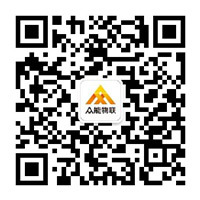
Contact Us:
Looking forward to your call anytime



